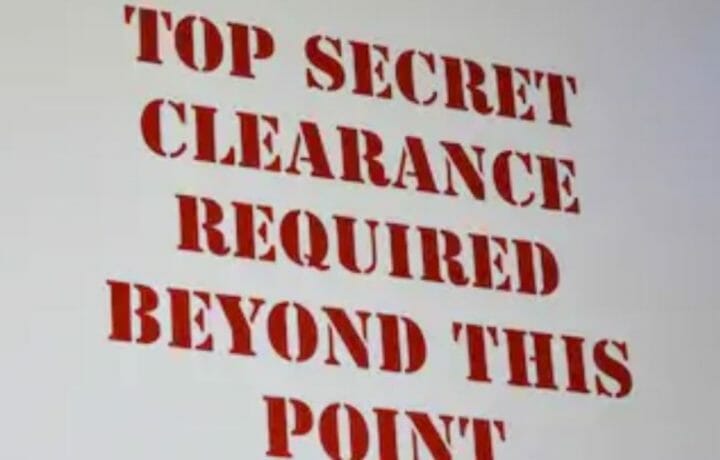In order to be taken seriously and deter adversaries, the Space Force needs to keep showing the world ‘what they do’, then-Space Force director of staff Lt. Gen. Nina M. Armagno said in 2021. But what happens when the ‘systems’ get in the way of the much needed transparency required to enhance the presence of the Space Force and the impact of what our Guardians do?
The Push to Lower Classification Levels for Space Force
For several years, it has been agreed upon by lawmakers and top military leadership that overclassification is making it more difficult for the public to understand what the youngest military branch does. It also makes it difficult for Space Force ‘Guardians’ to work with other services and partner nation militaries, which leads to an overall lack in the U.S. military’s ability to deter adversaries in space.
Chief of Space Operations Gen. B. Chance Saltzman stated in a virtual fireside chat with the Center for a New American Security that, “an ongoing push to lower the classification levels of military space programs is ‘easier said than done,’ due to a tangle of overlapping policies and laws.
“I am the original classification authority for some things and I go ‘I want that classification changed,’” Saltzman said October 18. “They go ‘well actually, no you can’t because it’s connected to this system and it could reveal this.’ It’s like ‘well I thought I was–’ Well yeah, but it comes with parameters and guidelines and ‘yeah, but.’”
It’s Not a Simple Switch
Simple classifications do not exist. The less complex classifications allow certain people with certain classifications to access certain facts or system with a specific level of clearance, Saltzman said.
However, Saltzman continued, some information can only be released to a foreign national with a required level of clearance, but only when certain conditions have been met.
Saltzman stated that there has been some progress in recent years. During his virtual fireside chat, he spoke about Chineses counter-space abilities, energy weapons, jammers and on-orbit grappling arms, which seven years ago, would have warranted him being fired.
“That probably wouldn’t have been able to be discussed outside of the kind of rooms that don’t have windows ,” he said. “So I see progress. Unfortunately it’s not as fast as any of us operators really want.”
Saltzman said there has been “a substantial effort inside the Department of Defense to untangle this, to start to pull things apart,” but the wins may be small at first. “Not everything is going to go instantly unclassified because that puts things at risk that we can’t afford to have at risk,” Saltzman said. “It’s an ongoing effort … it’s far easier to brief than it is to actually pull apart and get all the regulations right.”




